Ask a pilot to name a common single-engine fixed-wing aircraft, especially one that is good to learn on, and the Cessna 172 will quickly rise to the top of the list.
From the original first flight in 1955 to its latest model still in production today, the Cessna 172 has been a reliable, dependable, easy-to-fly aircraft that is appreciated by students and seasoned pilots alike.
In this post we will explore the Cessna 172 and share ten things you need to know plus answers to the most frequently asked questions about this storied aircraft.
Come along with us as we explore the history and significance of the 172. You'll gain an appreciation of its role in revolutionizing the aviation world, and understand why is the Cessna 172 is so popular and why it holds a special place in the hearts of those who have flown it.
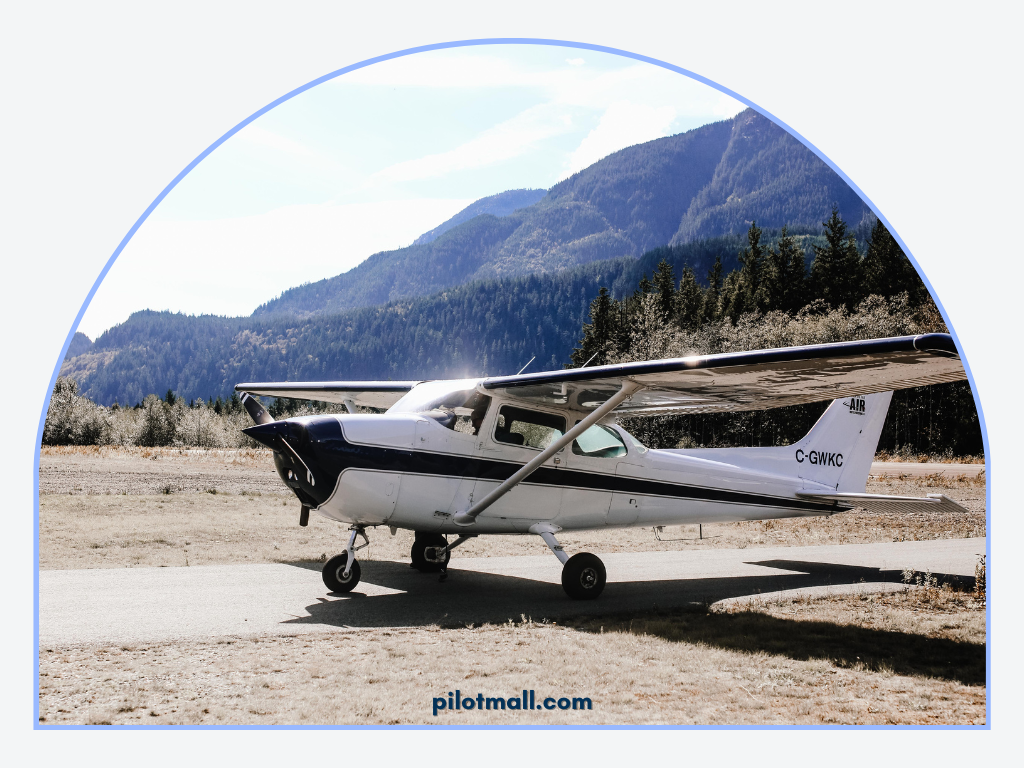
Technical Specifications
Before we delve into the things you need to know about the Cessna 172, let’s start with the basic specifications. Although there are many variations of the 172, we will share the specs for the current production model – the 172S.
Cessna 172S Specifications
- Maximum occupants: 4
- Maximum speed: 126 knots
- Cruising speed: 124 knots (75% power, at 8000 feet)
- Fuel capacity: 56 gallons
- Maximum Range: 640 nm
- Engine: Lycoming IO-360-L2A, 180 hp
- Propeller: McCauley 2 blade metal, fixed pitch
- Service ceiling: 14,000 feet
- Maximum rate of climb: 730 fpm
- Takeoff distance: 960 feet (ground roll), 1630 feet (total over 50-foot obstacle)
- Landing distance: 575 feet (ground roll), 1335 feet (total over 50-foot obstacle)
- Stall speed: 48 KCAS
- Maximum ramp weight: 2558 pounds
- Maximum takeoff weight: 2550 pounds
- Maximum landing weight: 2550 pounds
- Basic empty weight: 1680 pounds
- Maximum useful load: 878 pounds
- Baggage capacity: 120 pounds
- Length: 27 feet 2 inches
- Height: 8 feet 11 inches
- Wingspan: 36 feet 1 inch
- Wing area: 174 square feet
Now that you know what to expect from the current Cessna 172 model, let’s take a look at the 172’s history and discover 10 must-know pieces of information about this aircraft.
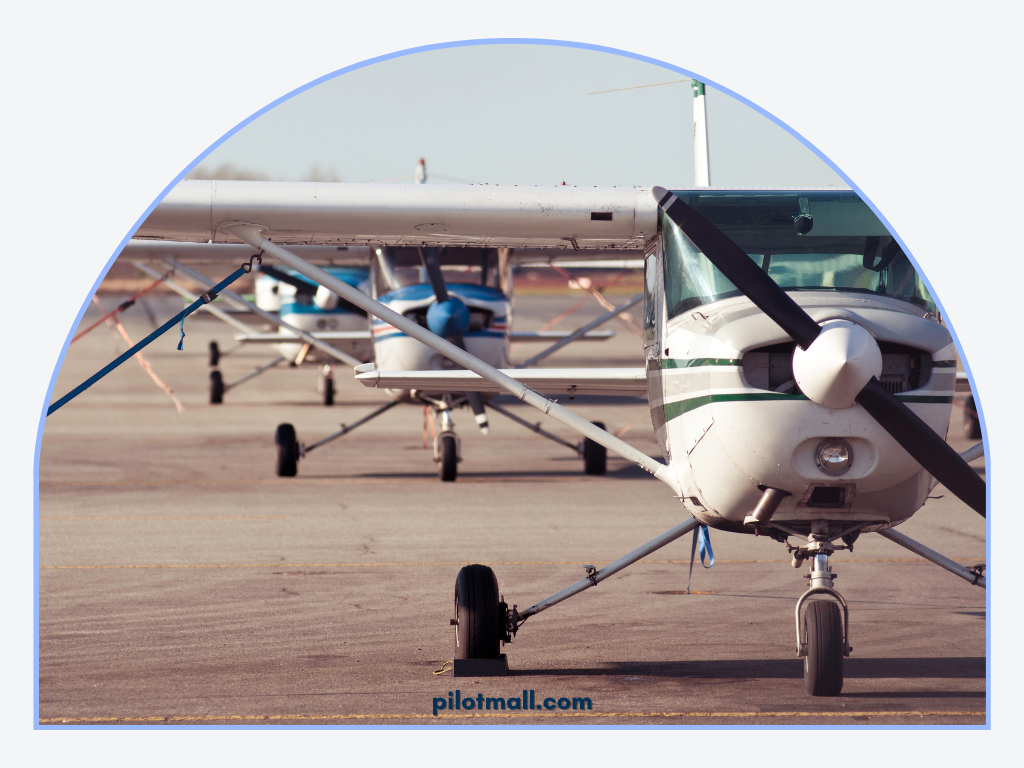
1. Cessna 172: the most-produced aircraft ever
Since production began in 1956, over 43,000 Cessna 172s have been built with more still on the way. This legendary aircraft is well-loved, well-respected and still in demand more than sixty years after it first came on the market.
2. Over 20 variations of the Cessna 172
Over the course of its long life, the Cessna 172 has naturally undergone a series of modifications, upgrades and enhancements while remaining true to the heart of her original solid design.
Among the most notable are the 172B which introduced the Skyhawk name, the 172D with its Omni-Vision rear wraparound window, and the 172S which incorporated Garmin G1000.
Cessna 172 Variants
Cessna has produced a pretty diverse range of 172 variants over the years to cater to different flying needs and preferences. These variants have been happily embraced by pilots and enthusiasts for their reliability, performance, and versatility. Some of the most notable variants include:
- Cessna 172A-172P: Throughout the 25-year span from 1956 until 1981, Cessna manufactured fourteen distinct models of its 172 series. From the 172A-172P, each version of the plane featured various advancements in design and engine features.
- Cessna 172Q Cutlass: A 1983 model with Lycoming O-360-A4N engine of 180 hp.
- Cessna 172R: 1996 model with Lycoming IO-360-L2A engine producing 160 hp.
- Cessna 172S "Skyhawk": The 1998 original and most common four-seat, high-wing variant, it has been renowned for it's reliability and simplicity. In later years it was offered with the Garmin G1000.
It is known as an American aircraft, but you may be surprised to learn that 1,436 Cessna 172s were actually built in France. From 1965-1971, Reims Cessna constructed the Cessna 172F. This model replaced a lever-operated flap system with electric flaps. It was also the basis for the U.S. Air Force’s T-41A Mescalero – a primary trainer.
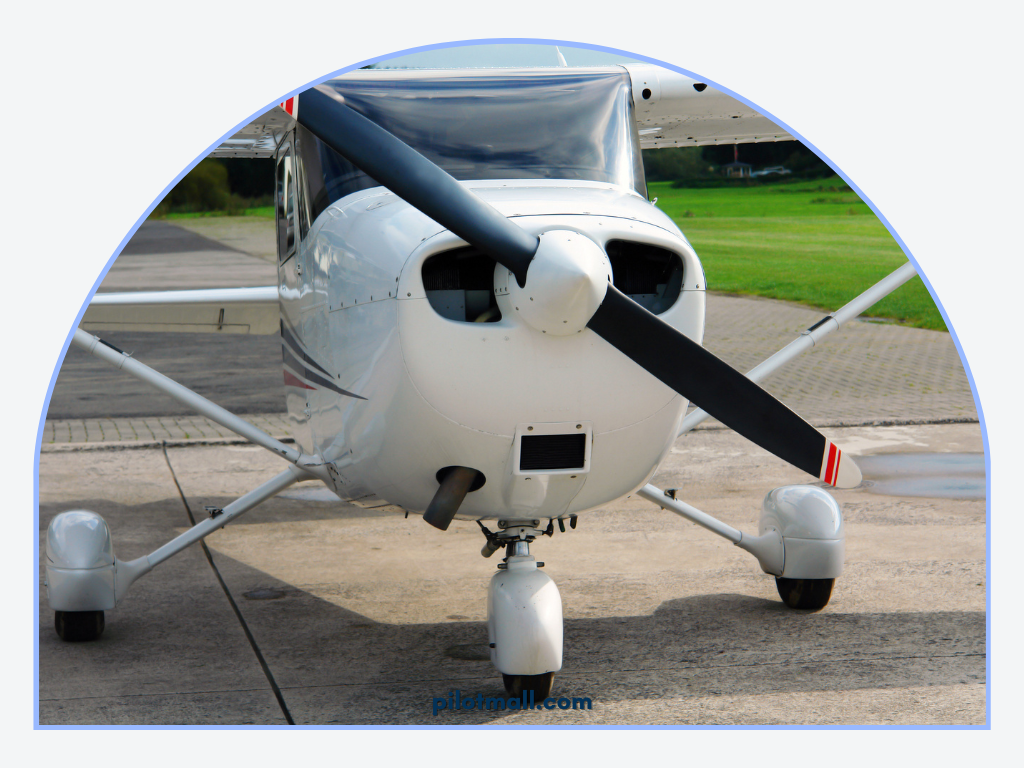
4. The origin of the “Skyhawk”
Although you may be used to hearing the name “Cessna Skyhawk,” originally, the Cessna 172 was called just that – the Cessna 172. It had no fancy name. The name Skyhawk came about in 1960 with the release of the 172B.
This model had the option for a standard package or a deluxe option package – named the Skyhawk – with extra equipment and full exterior paint. Eventually the name stuck and came to refer to the entire Cessna 172 line-up.
5. The 172’s tricycle landing
One of the key design features of the 172 lineup has always been the tricycle landing gear design. This design was tested out on the WWII B-24, B-25 and B-26 bombers. The combination of a nosewheel in the front and moving the main wheels aft was found to make a tricycle landing gear aircraft easier to land.
In this configuration, the center of gravity (COG) is in front of the main wheels. What this means to you is that when you land in a tricycle gear aircraft, if you are crooked, the airplane’s weight will help to straighten you out.
By contrast, a conventional landing gear setup has a center of gravity that is aft of the main wheels. Land crooked in this type of aircraft, and your mistake will just get exacerbated by the influence of the aircraft’s weight.
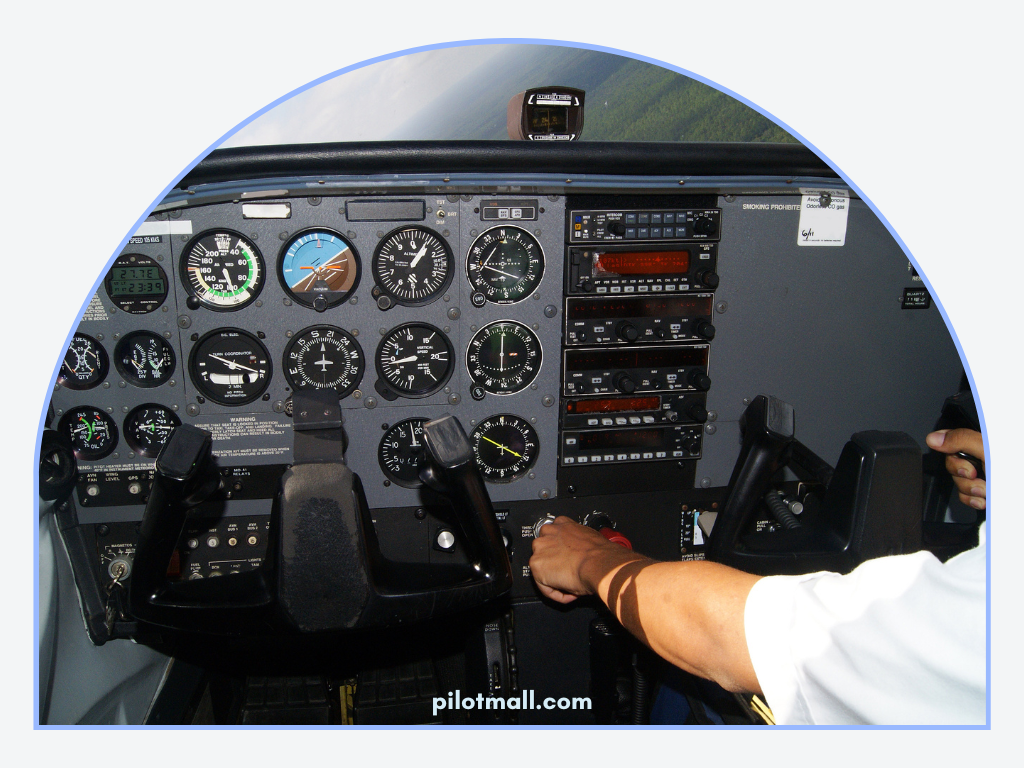
6. Cessna 172s are used for many flight schools
If you have a private pilot’s license, odds are that you trained on a 172 at some point. Flight schools love this aircraft for several reasons.
The ease of flying a tricycle landing gear configuration is a main selling point as are the forgiving handling characteristics and increased visibility of the high wing design plus rear “Omni-Vision” window.
In fact, the 172 is so stable that its built-in aerodynamic stability can often return a plane to straight and level flight after a spin even without input from the pilot.
7. The world record for the longest endurance flight
Imagine what it would be like for a small aircraft to fly non-stop for over 64 days. Bob Timm and John Cook did just that from December of 1958 to February of 1959. Their 64-day, 22-hour, 19-minute flight out of Las Vegas still holds the endurance record.
Timm and Cook flew a modified Cessna 172 which was named The Hacienda after the Hacienda Hotel who sponsored the $100,000 flight as a combined publicity stunt and fundraiser for cancer research.
To prepare for the flight, the team added a 95-gallon belly fuel tank to augment the 47 gallons carried in the wing tanks. An electric pump in the belly tank allowed fuel to be pumped into the wing tanks for refueling.
Oil lines were replumbed to allow inflight oil and oil filter changes. In the cabin, the pilot seat stayed, but everything else was removed and a 4’x4’x4” foam pad was added as a bed for the off-duty pilot. An added platform off the co-pilot side allowed for better footing during refueling. A small sink in the rear was used for washing and shaving.
An FAA waiver allowed the overweight aircraft to operate at 350-400 pounds over the normal limit. Twice a day the Hacienda would rendezvous with a Ford truck over a straight stretch of closed off highway.
Flying 20 feet above the ground, the Hacienda used an electric winch to hook a refueling hose from the truck. Three minutes later with its belly tank full, the Hacienda would release the hose and continue her flight.
You can read more about the flight of the Hacienda plus view original still photos and video of the Hacienda in action.
The next time you pass through the Las Vegas McCarren Airport’s baggage claim area, look up – the Hacienda is hanging from the ceiling at the airport where her historic flight began and ended.
8. There was (briefly) a diesel-powered 172 Skyhawk
Given the lower cost of Jet A and its more readily accessible nature overseas, Cessna decided to release a diesel version of the Skyhawk in 2017. The Turbo Skyhawk JT-A came powered by a Continental CD-155 diesel engine and received high marks in fuel efficiency and power.
Unfortunately, the diesel engine also resulted in a higher purchase price ($420,000 compared to $307,000 for the 172S) and reduced payload capacity because of the added weight. Just 11 months after receiving FAA certification, the JT-A was discontinued due to poor sales.
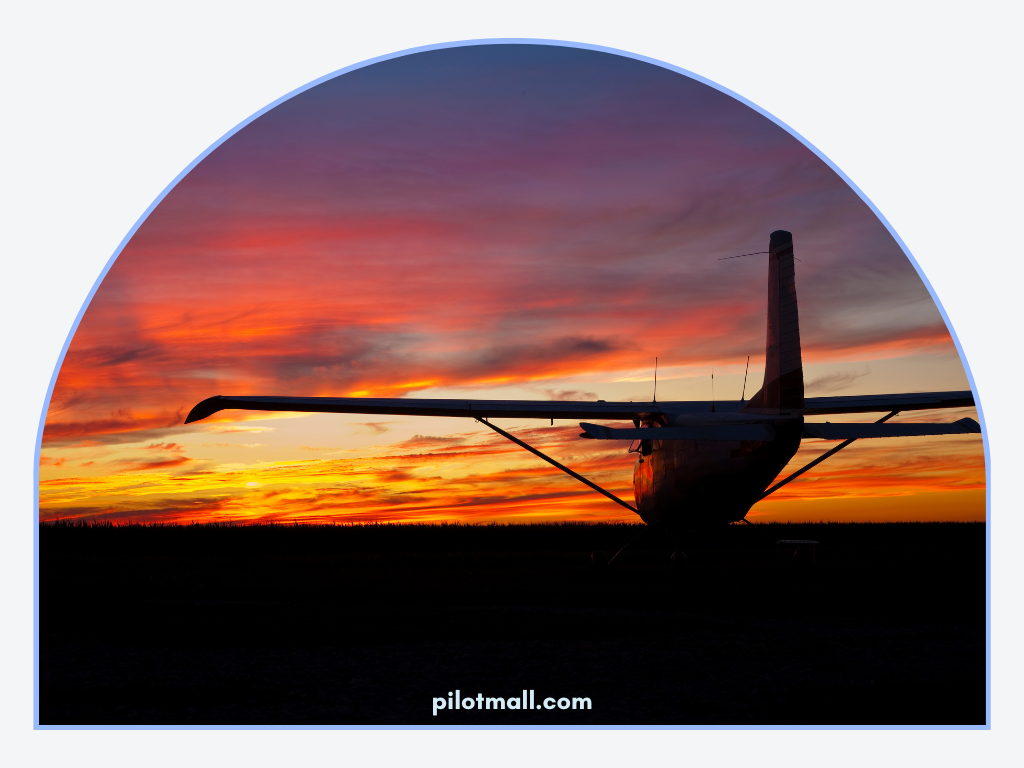
9. The triangle gear Cessna 172 Skyhawk almost didn’t happen
Rumor has it that when a group of Cessna engineers approached the Cessna marketing department with their idea for a triangle gear aircraft, they were shot down. Marketing wanted to focus on tailwheel aircraft.
Thankfully for Cessna and for all of us, the engineers were undaunted, and they continued work to build out the first concept version of the tricycle-geared Cessna 172 that we all know and love. Ultimately it met with approval and went into production.
10. The Cessna 172 Skyhawk can be powered electrically (sort-of)
Electric Skyhawks may be in our future. In 2012, Cessna and Beyond Aviation worked together to develop an electrically powered variation of the Cessna 172.
The aircraft took multiple successful test flights powered by the Panacis batteries that take the place of the back seats. One of the big advantages of an electric aircraft would be imperviousness to density altitude changes.

Frequently Asked Questions
Finally, we have rounded up the answers to some of the most frequently asked Cessna 172 questions.
1. How safe is the Cessna 172 compared to other aircraft?
The Cessna 172 Skyhawk has an impressive safety record, especially when compared to the industry average. Statistically, the Cessna 172’s fatal accident rate is .56 per 100,000 hours. This is about half of the industry average rate of 1.2-1.4.
2. How much does it cost to own and operate a Cessna 172?
Cost is an important consideration for most pilots when they are contemplating the purchase of an aircraft. Beyond the purchase price, you must also account for operational costs, storage, insurance, maintenance and more. AOPA crunched the numbers for you and put together a hypothetical operating cost calculation for a Cessna 172 Skyhawk
This particular calculation was based on a 1975 Cessna 172M with a purchase price of $39,000. For comparison, the purchase price of a new Cessna 172S is around $307,000.
Loan payments in the AOPA scenario were calculated at $290 for a $35,000 loan over 20 years at 7.9%. AOPA insurance payments came to $1200 a year, and hangar space rental was $250 a month, which equates to $3000 a year.
Yearly maintenance was estimated to be $2500 or $25/hr. for flying 100 hours or $4000 ($13.34/hr.) over 300 yearly hours.
The final factor to consider is any kind of projects you want to do, especially to an older aircraft.
The final AOPA estimate comes out to $108.10 per hour if flying 300 hours a year or $225.30/hr. for 100 flight hours.
The total annual cost is around $22,530 for 100 yearly hours of flight and $32,430 for 300 hours.
That said, keep in mind that you can save money by opting for tie-downs rather than hangars, and hangar costs vary by location. The amount you owe on your aircraft loan (should you need to take one out) is also an important variable component of this calculation.
3. What kind of engine does the 172 have?
The original 1955 Cessna 172 was a single engined aircraft powered by a Continental O-300 145 hp engine.
In 1968, the 172I debuted the Lycoming O-320-E2D 150 hp engine. Previous engines had used 80/87 fuel, but the 1977 Skyhawk N (172N) tried out a Lycoming O-320-H2AD 160 hp engine running on 100-octane. The performance wasn’t favorable, so starting in 1981, the 172P switched to the Lycoming O-320-D2J.
Factory-fitted fuel-injected engines arrived with the 1996 172R’s Lycoming 160 hp Lycoming IO-360-L2A. The current 172S model was introduced in 1998 with an upgraded 180 hp Lycoming IO-360-L2A.
4. When will Cessna release a new model of the 172?
Cessna has been exploring both diesel and electric options, but for now, the 172S is the only Cessna 172 Skyhawk on the market.
5. What is the Range of the Cessna 172?
In its standard configuration, the Cessna 172 Skyhawk can cover a maximum range of approximately 640 nm (1185.28 km).
This means it can easily take off for cross-country trips, and short regional flights and even provide an ideal platform for sightseeing.
Takeaways
The Cessna 172 Skyhawk is a classic plane with in the general aviation community, it has a long and storied history. Dig into its past and you will find a series of well-loved, reliable, safe aircraft that are easy and enjoyable to fly. Memorize some of our top 10 facts and soon you will soon be more well-versed on the 172 than your fellow pilot friends.
PilotMall.com offers a full selection of Cessna Aircraft Manuals.
Want to learn about different aircraft?
Now that you've learned about the Cessna 172, why not continue your journey and learn about other aircrafts, such as the best bush plane in history, the amazing De Havilland Beaver DHC-2.
Did you find this article helpful?
Do you think we missed anything important? Let us know in the comments below!

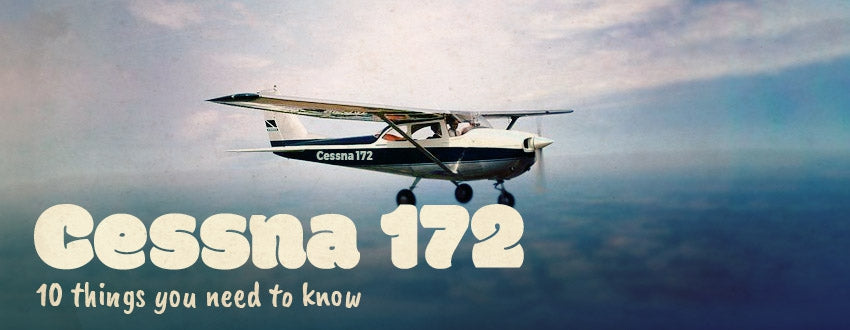

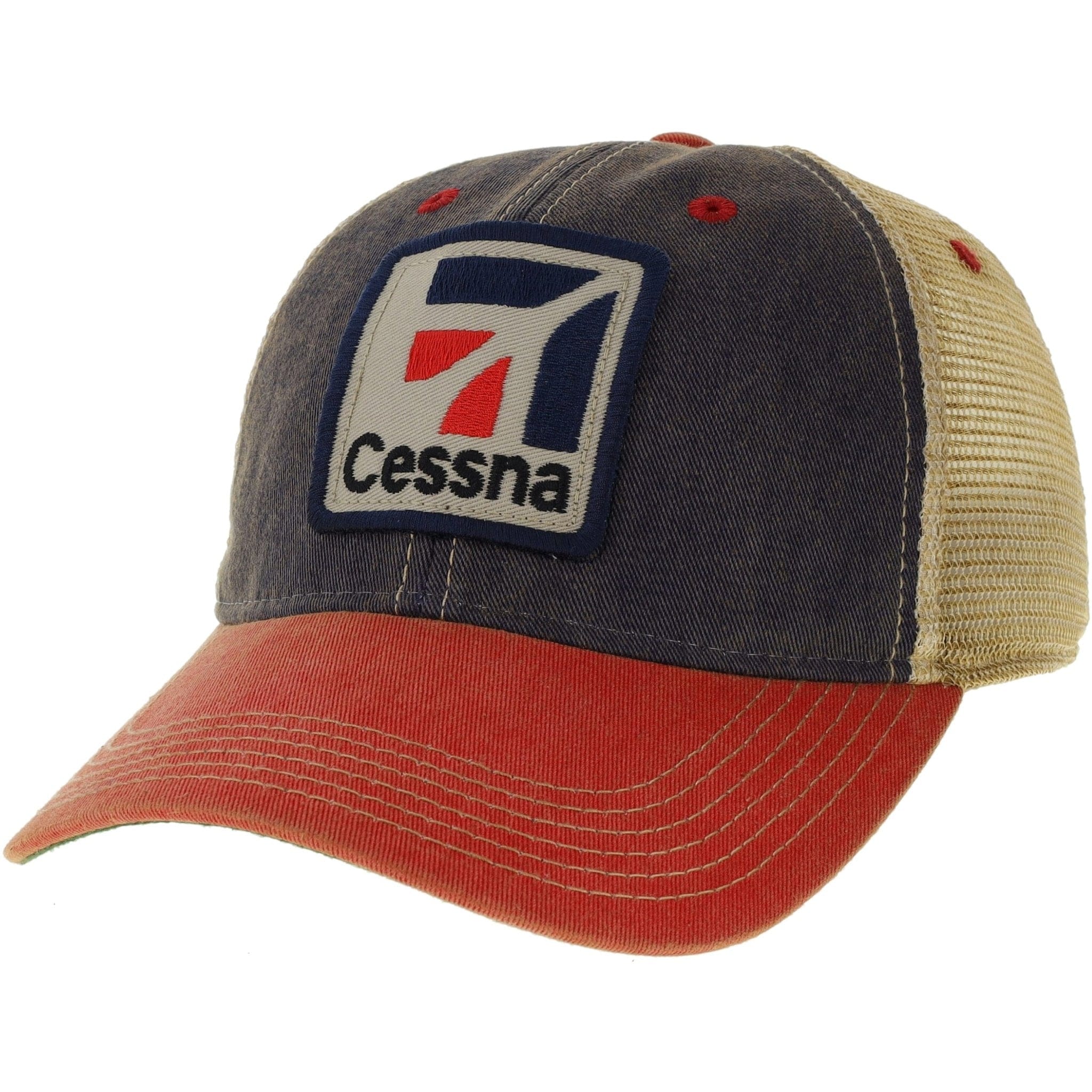




2 comments
Mark Scardino
“This particular calculation was based on a 1975 Cessna 172M with a purchase price of $39,000.”
Flight school I instruct at just purchased a 1975 172M for $137,000! 1300 hours TT in 49 years. It’ll get 900-1100 hours in one year here. We have 4 Ms and 1N w/ 180hp, and a couple Archers and an Arrow.
Keith Smith
One incredible plane , the 172 , so well balanced , comfortable dihedral on the wing configuration , allows for comfortable flying .